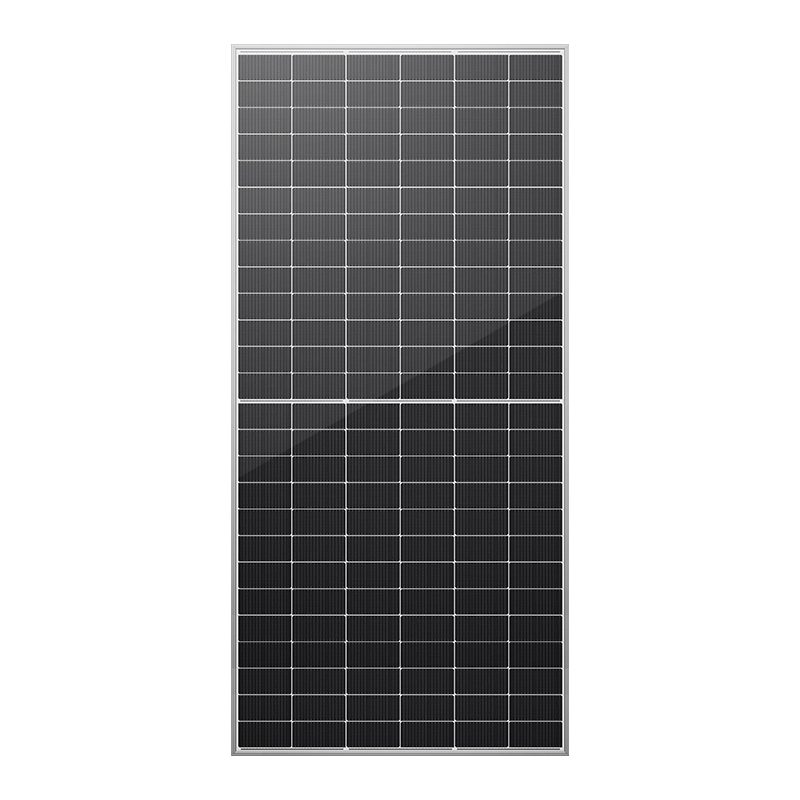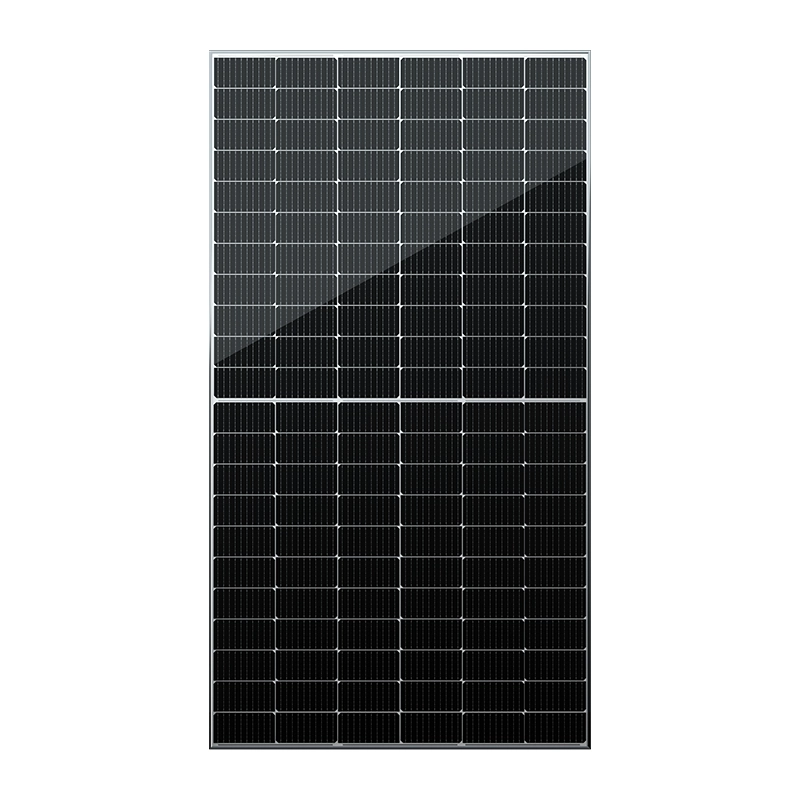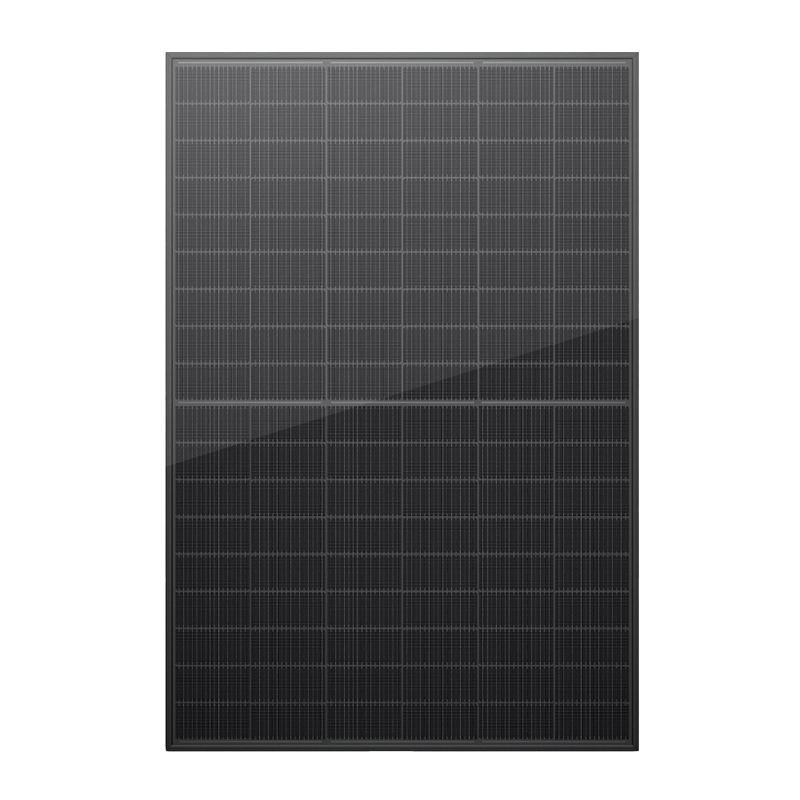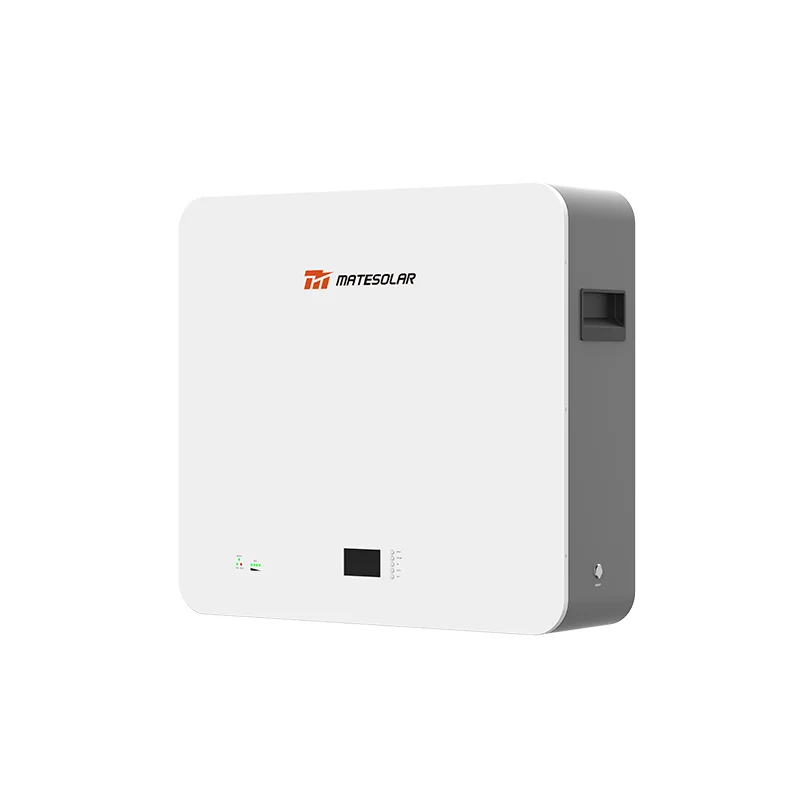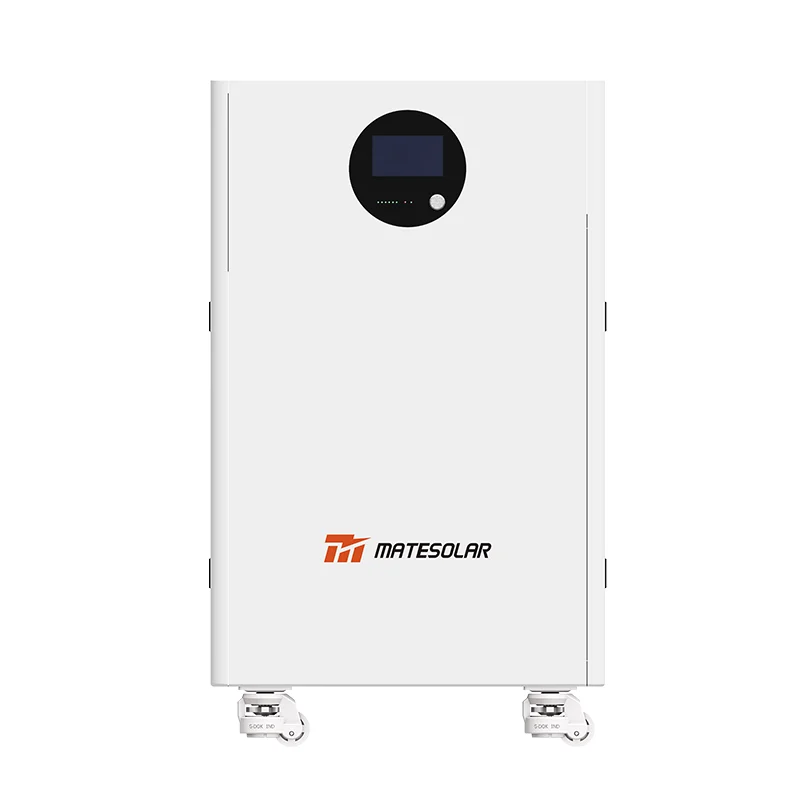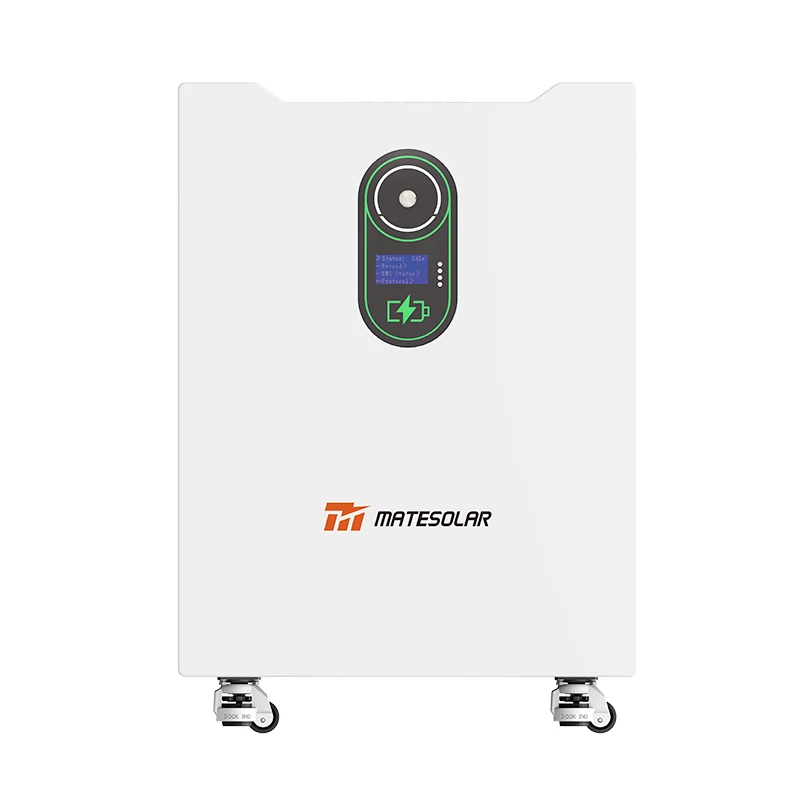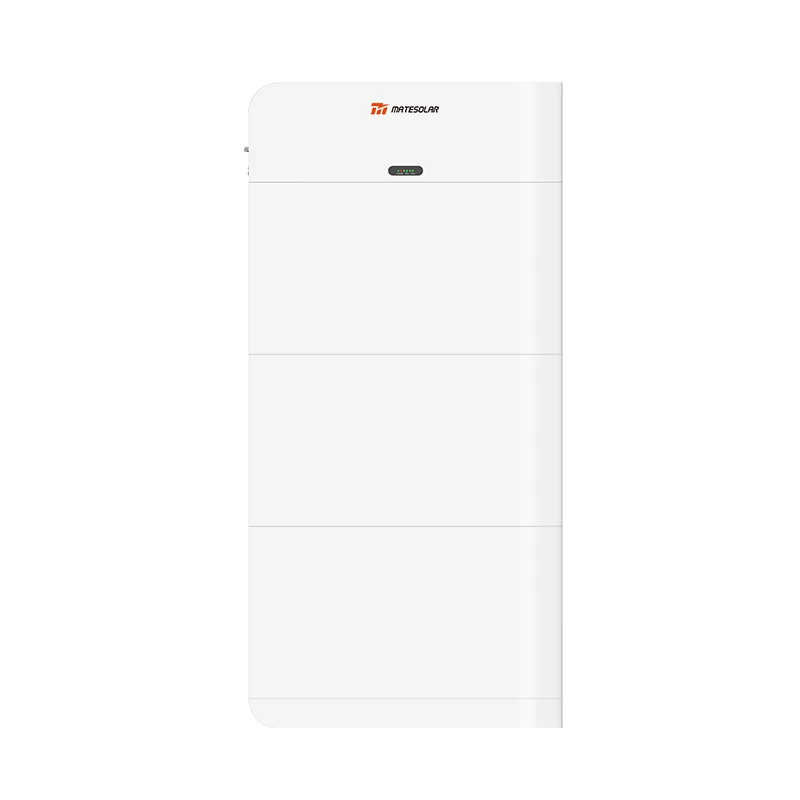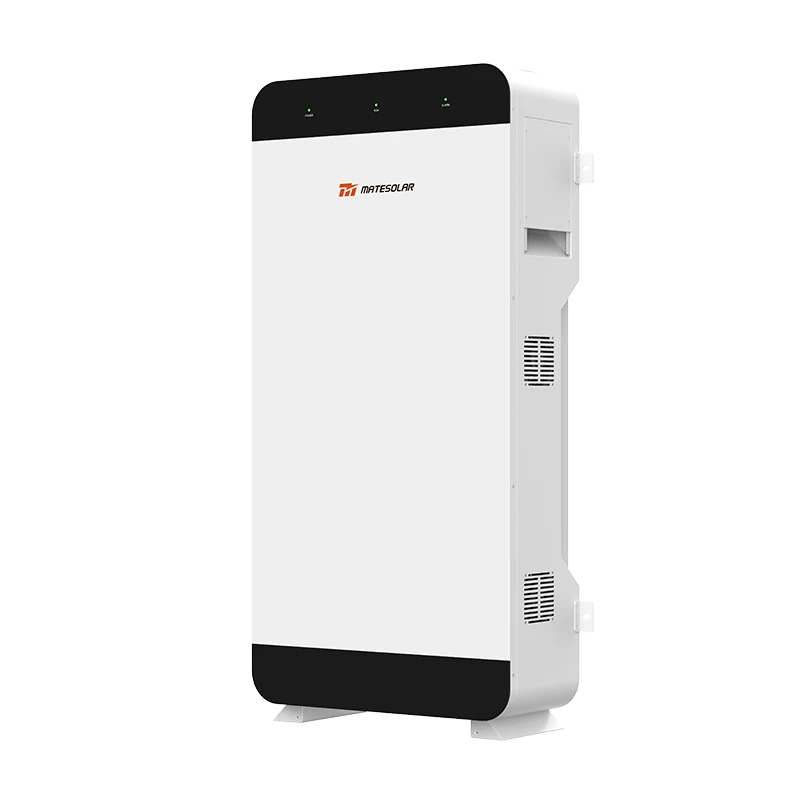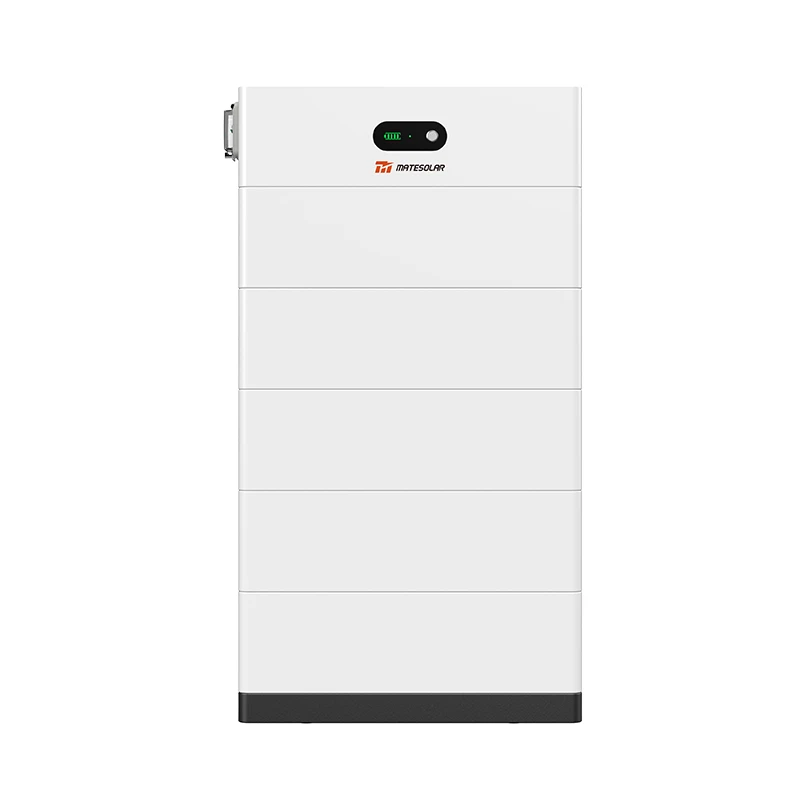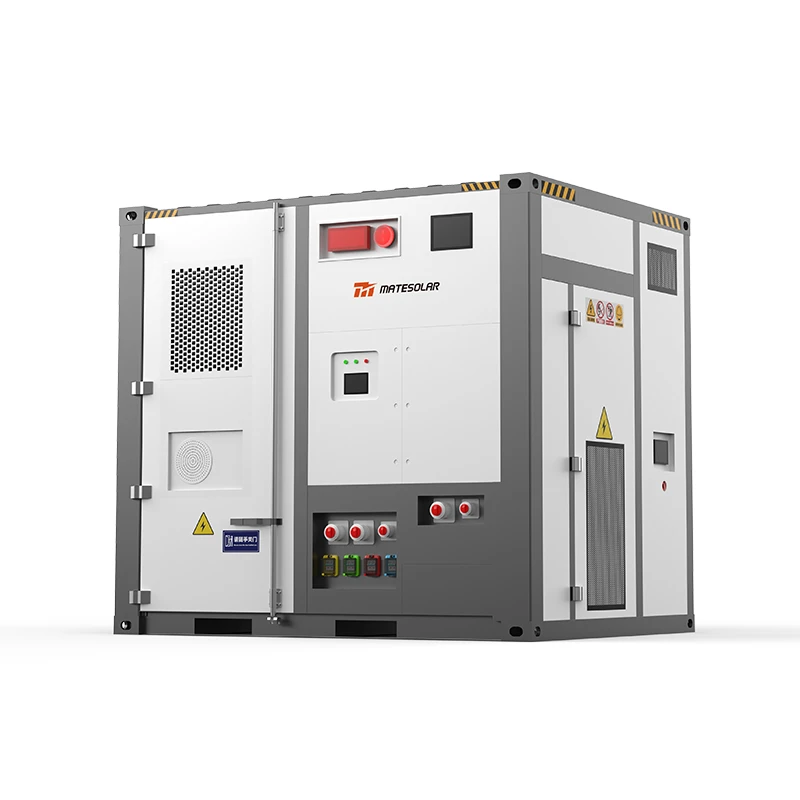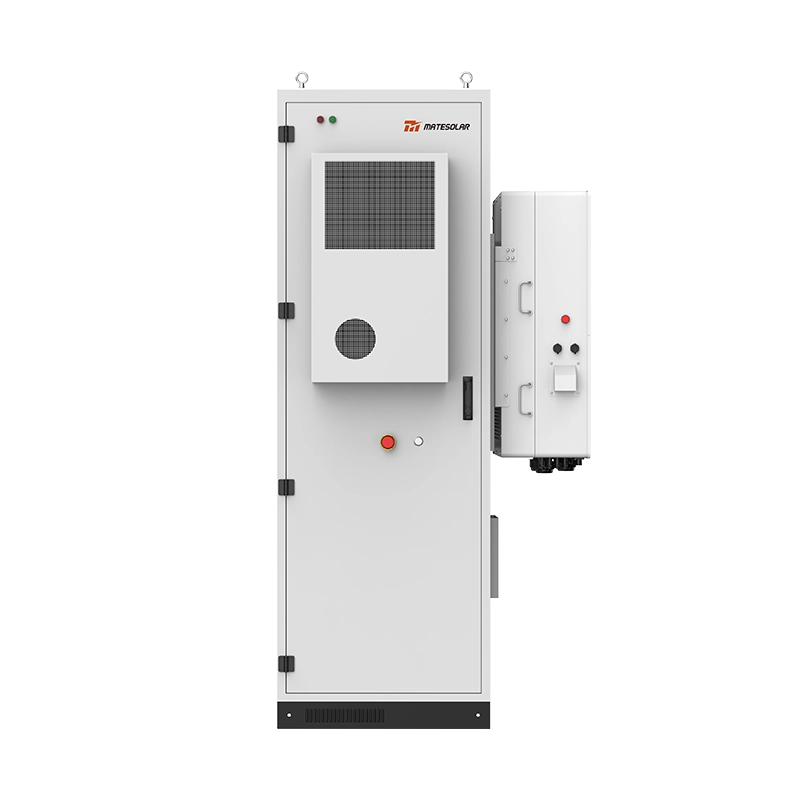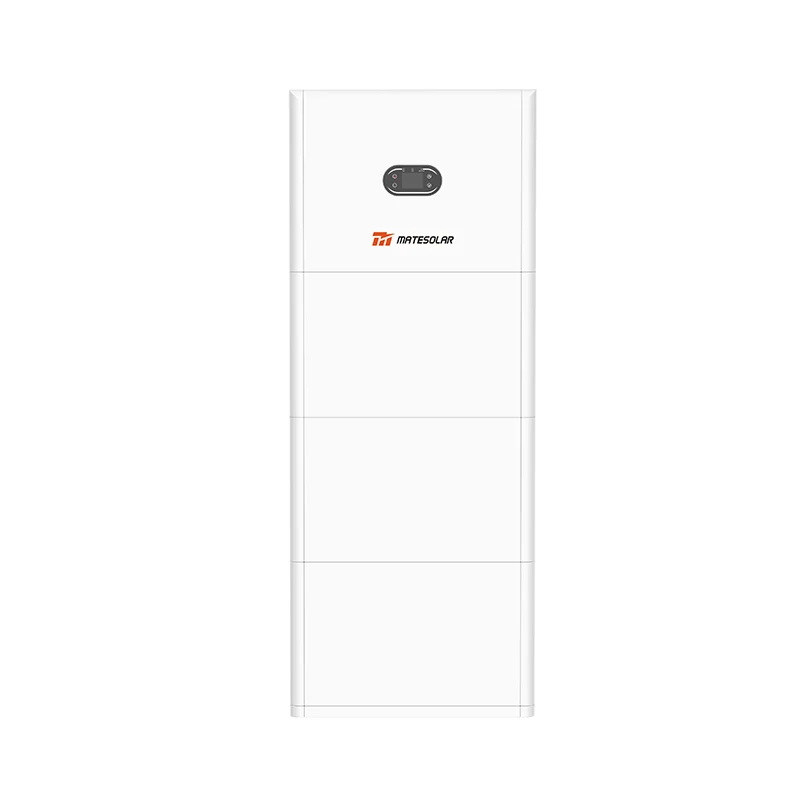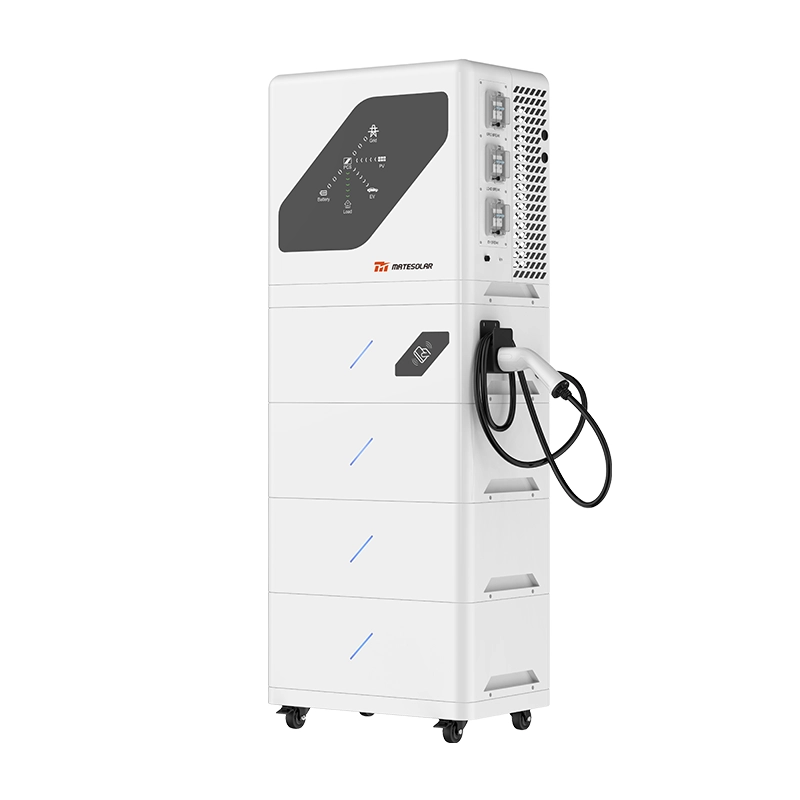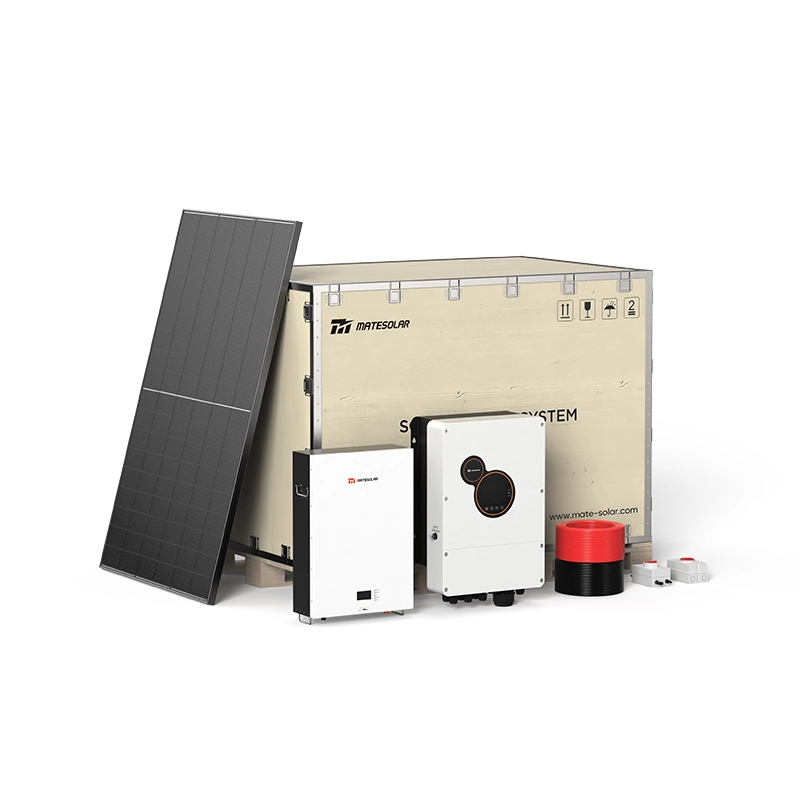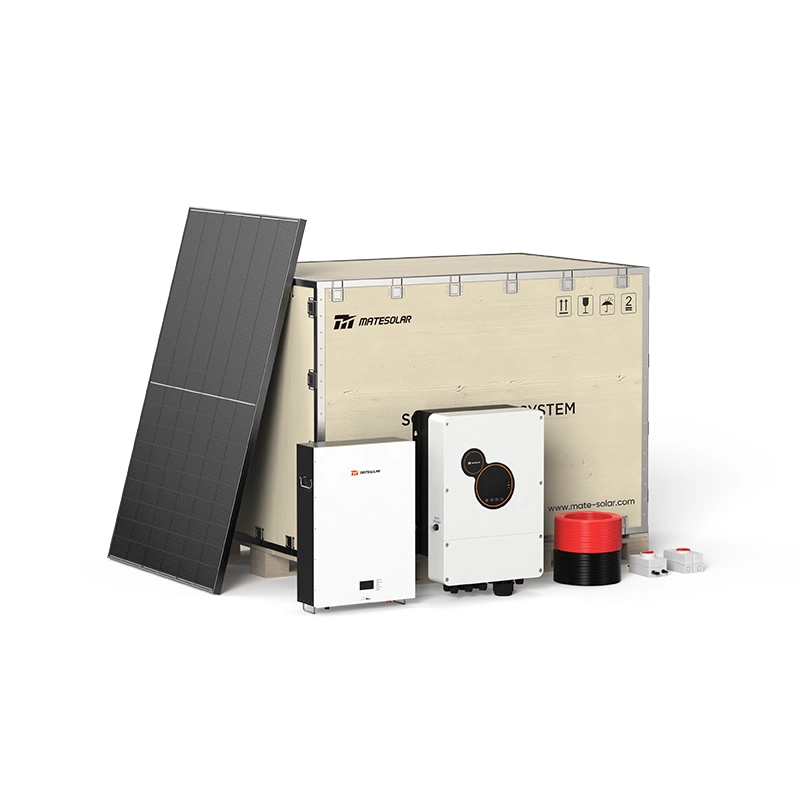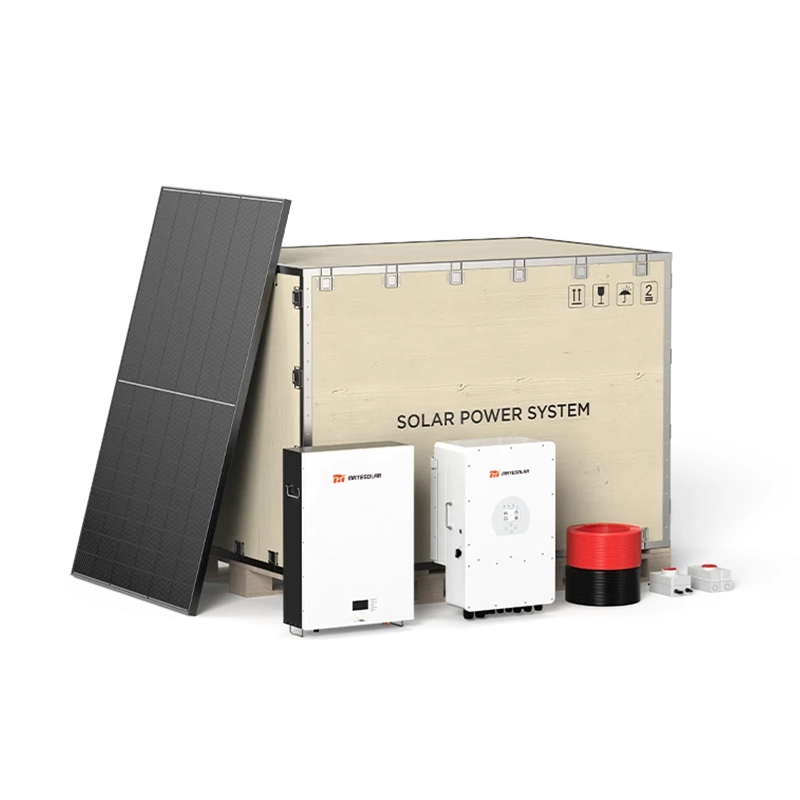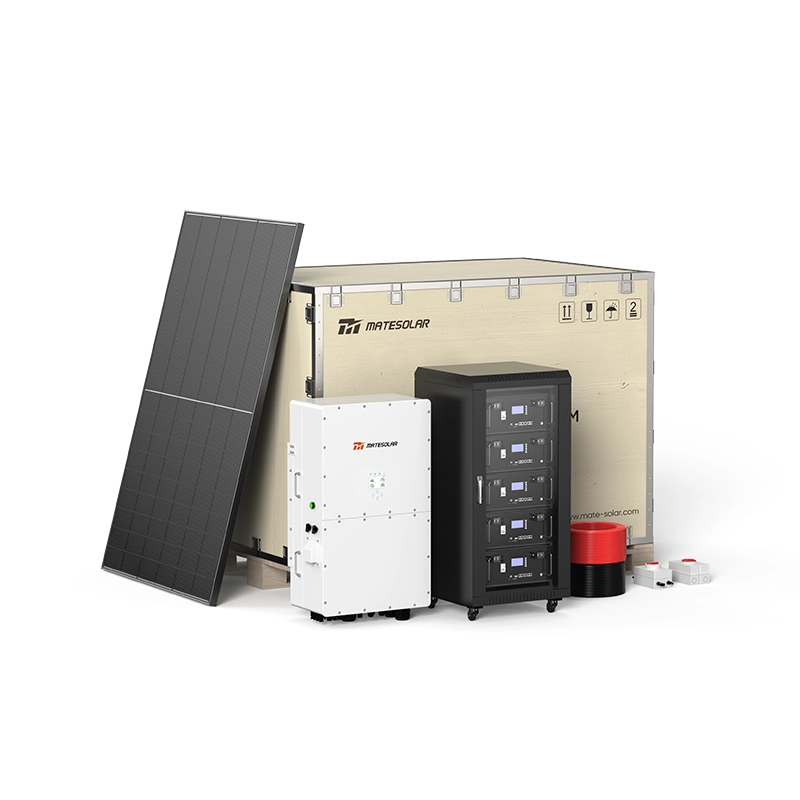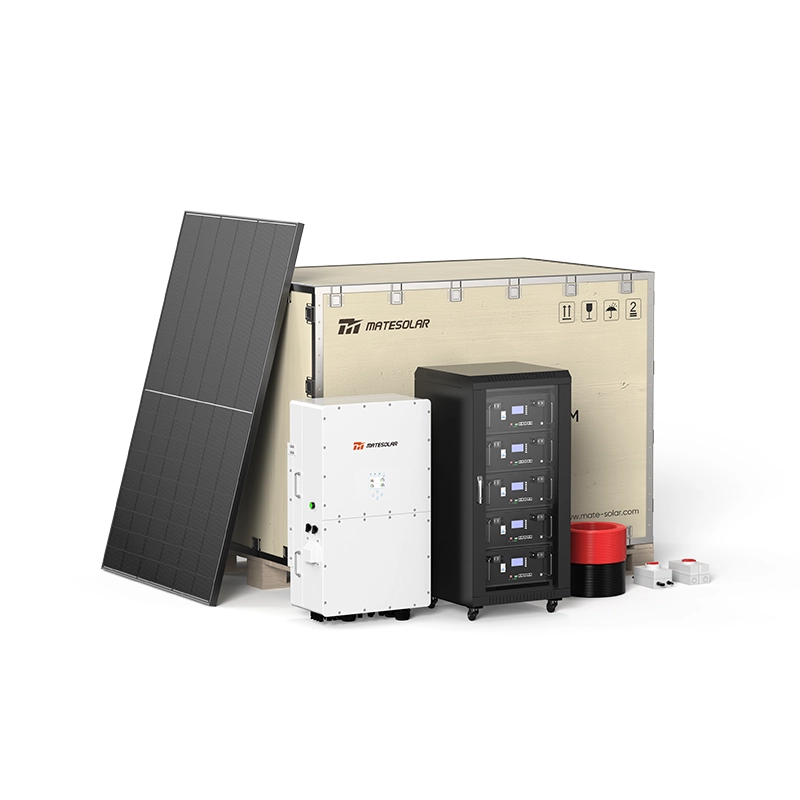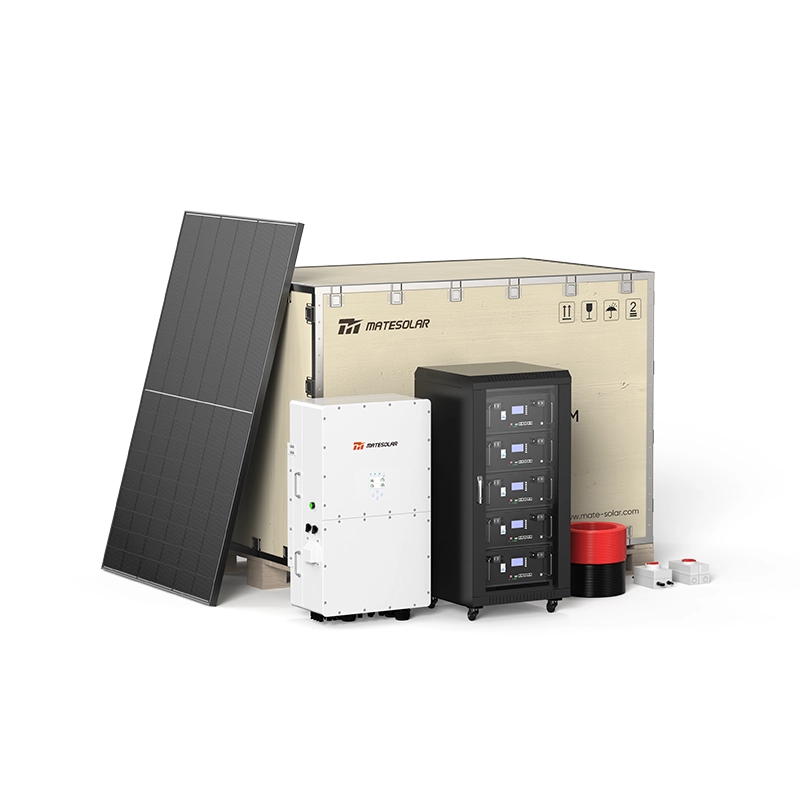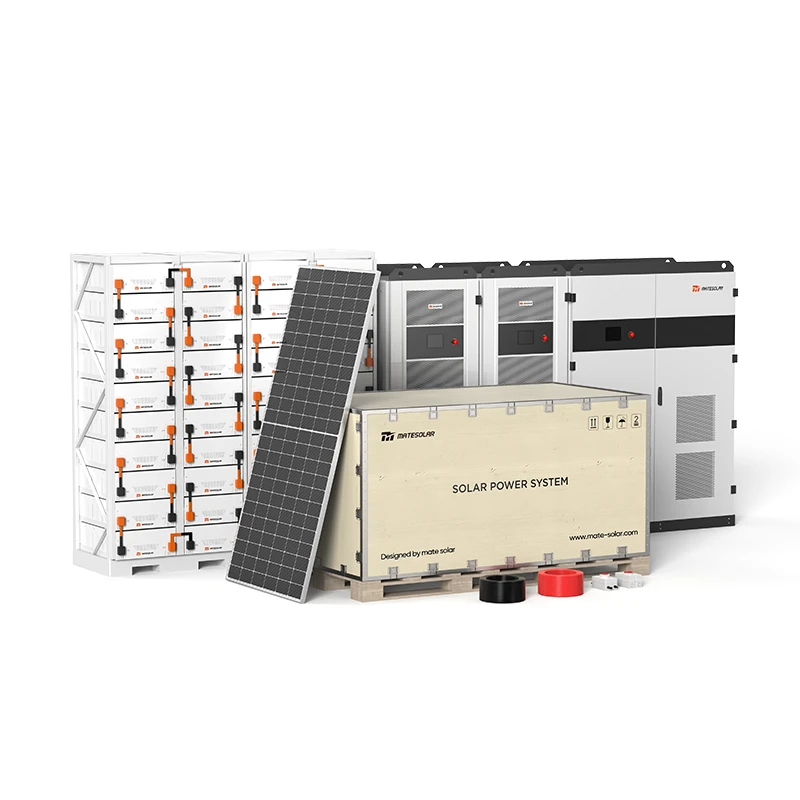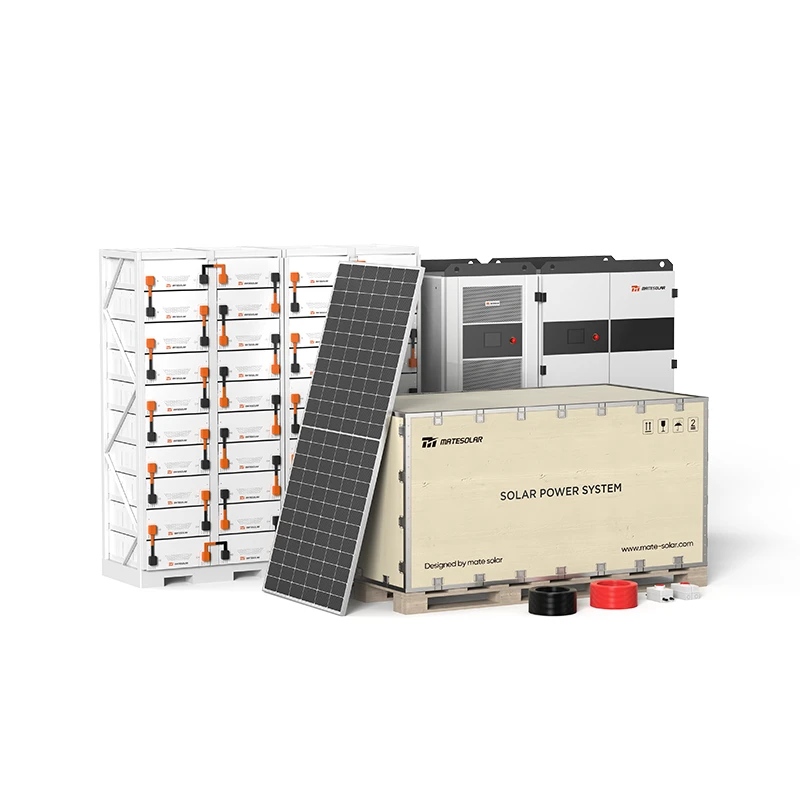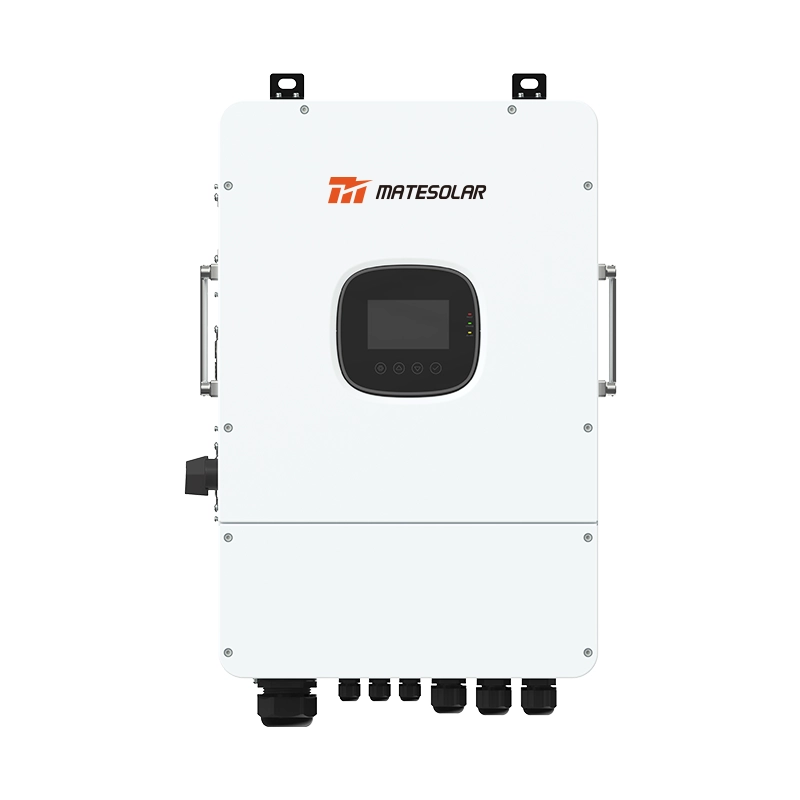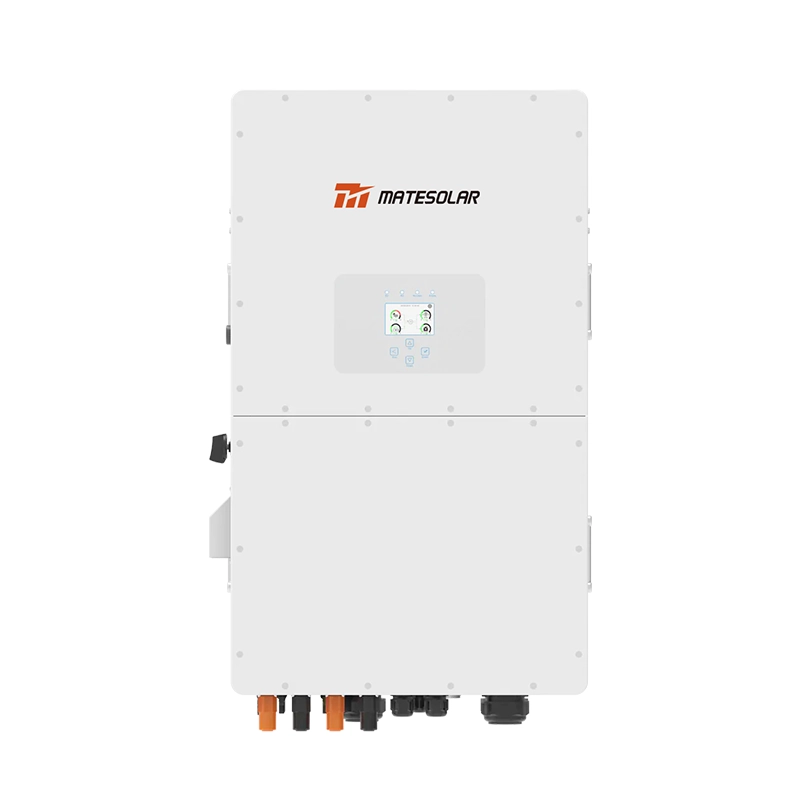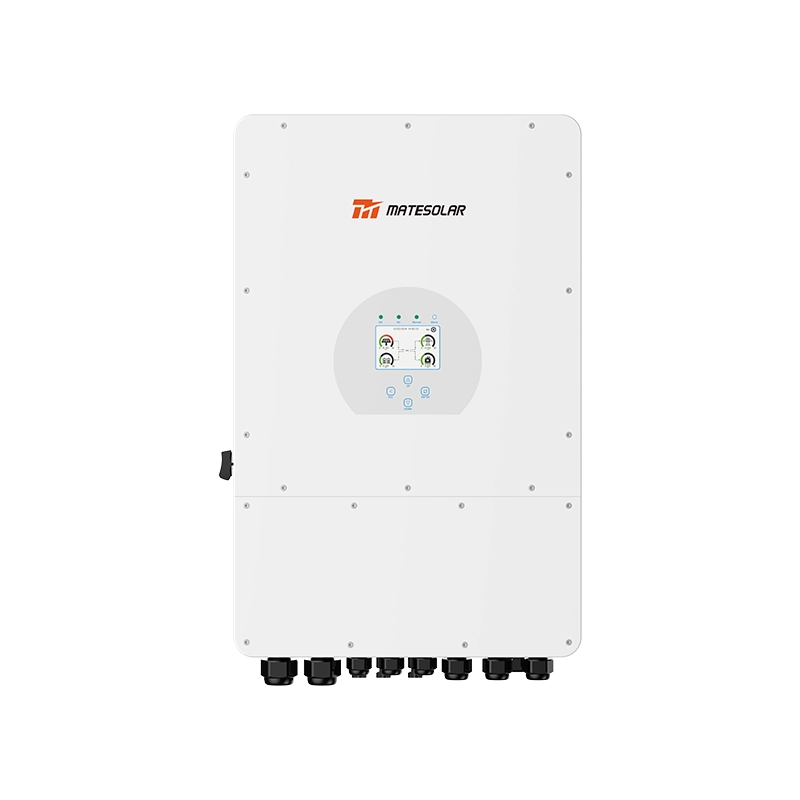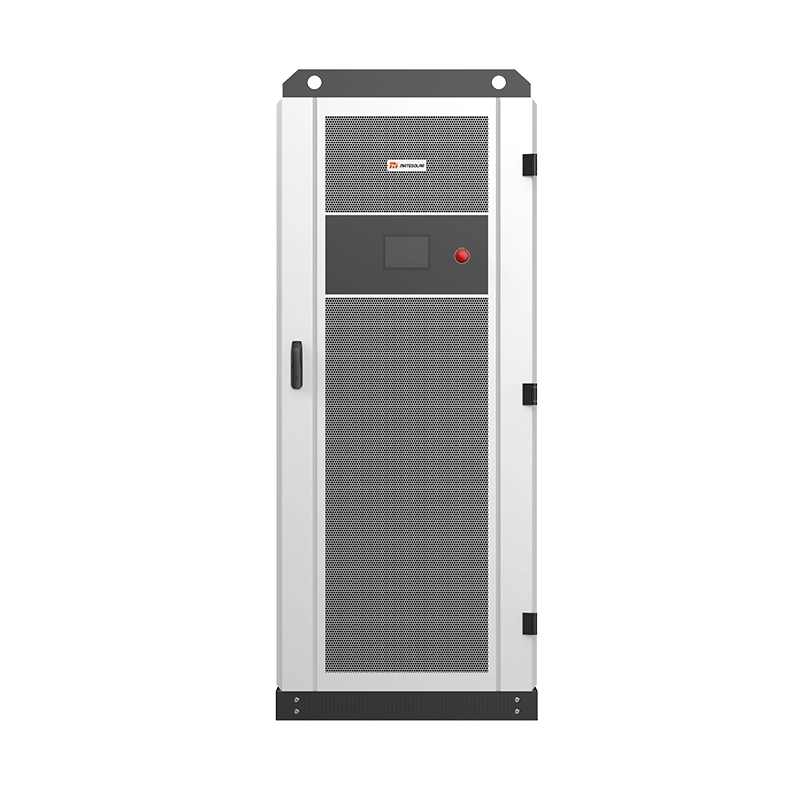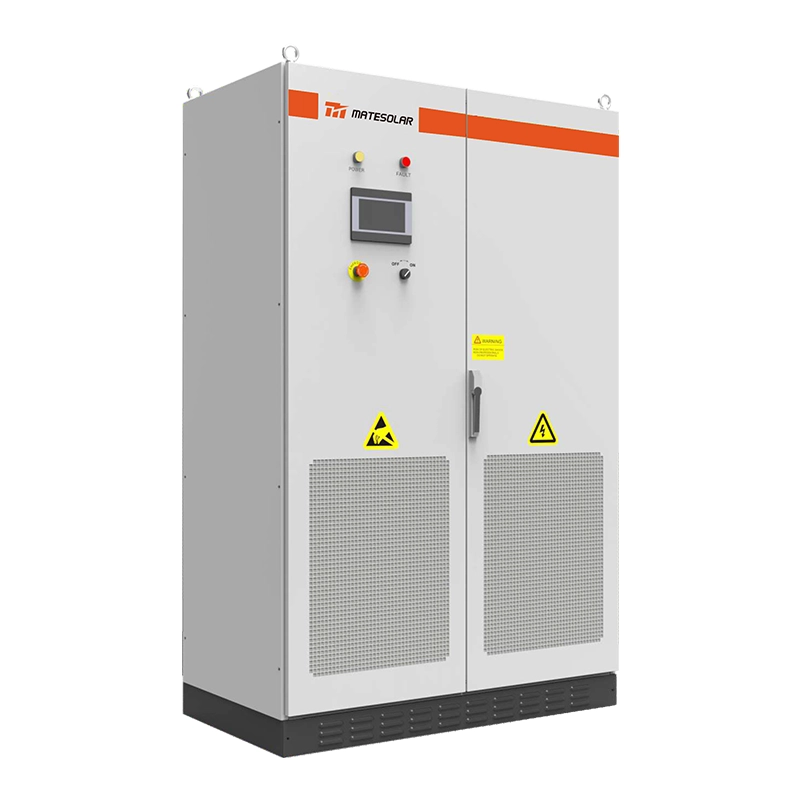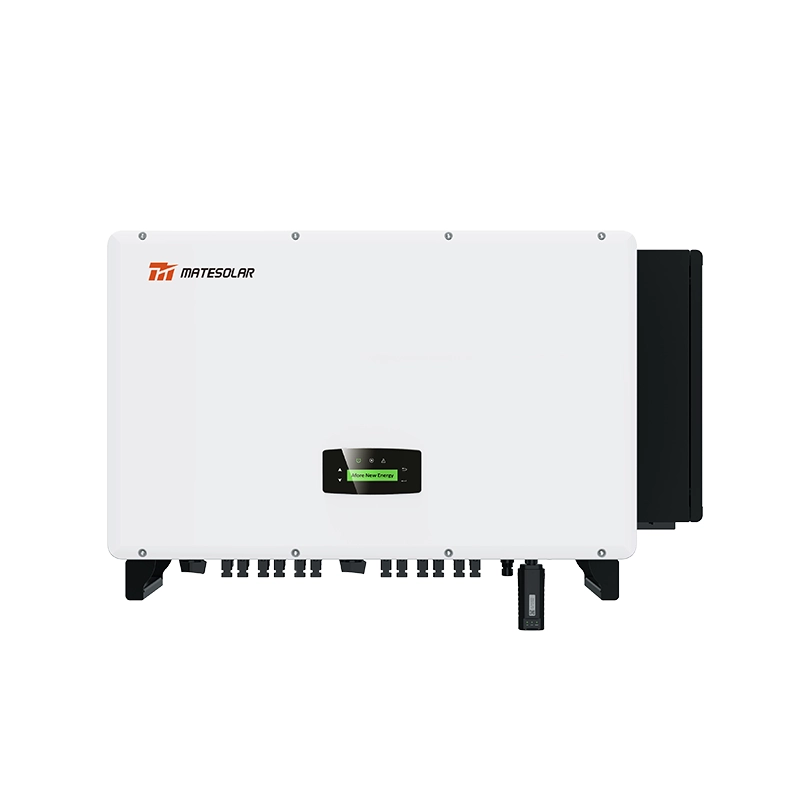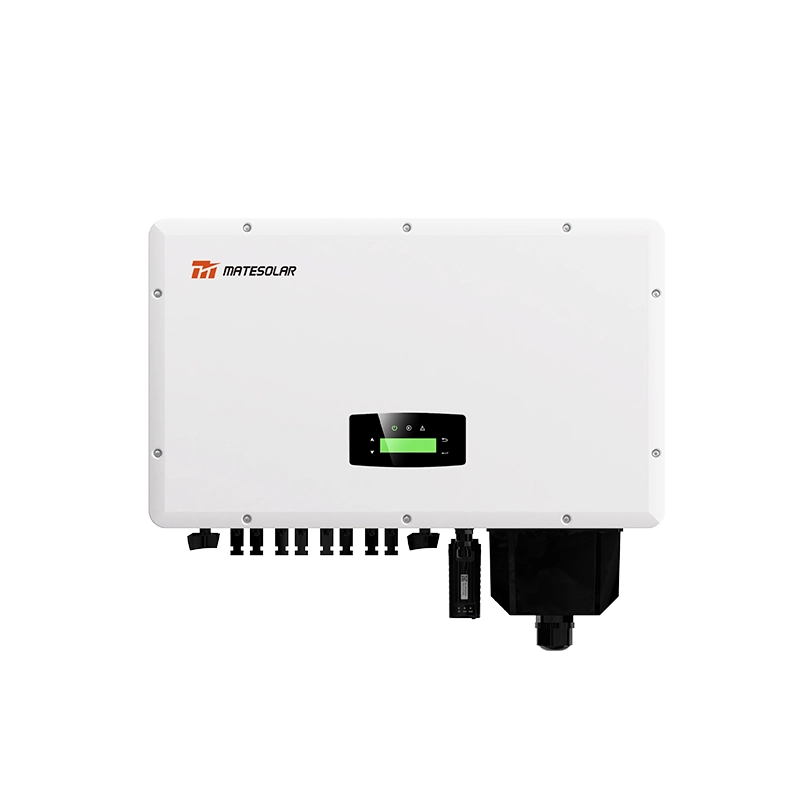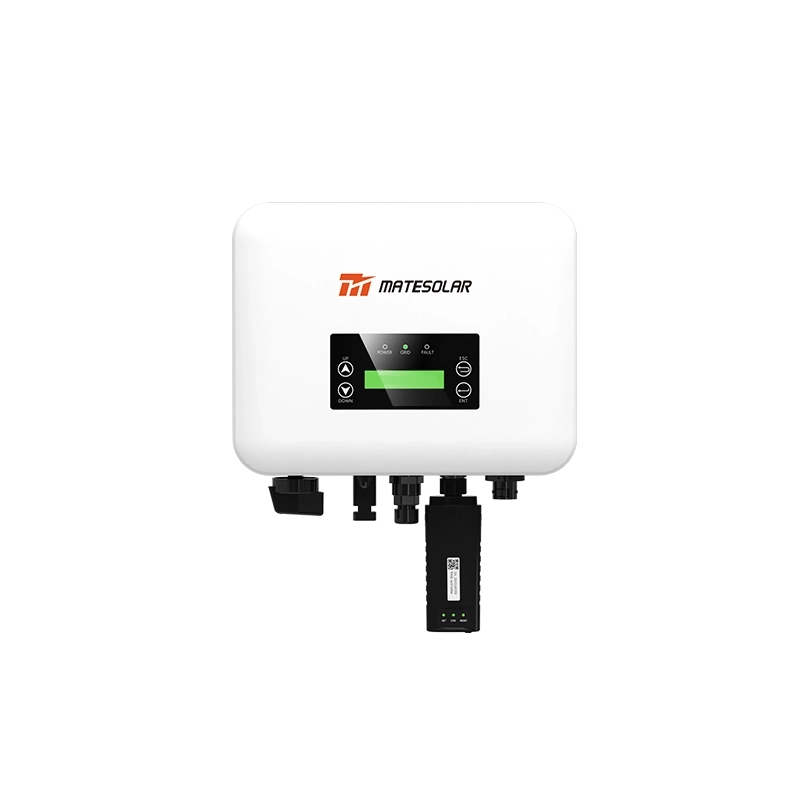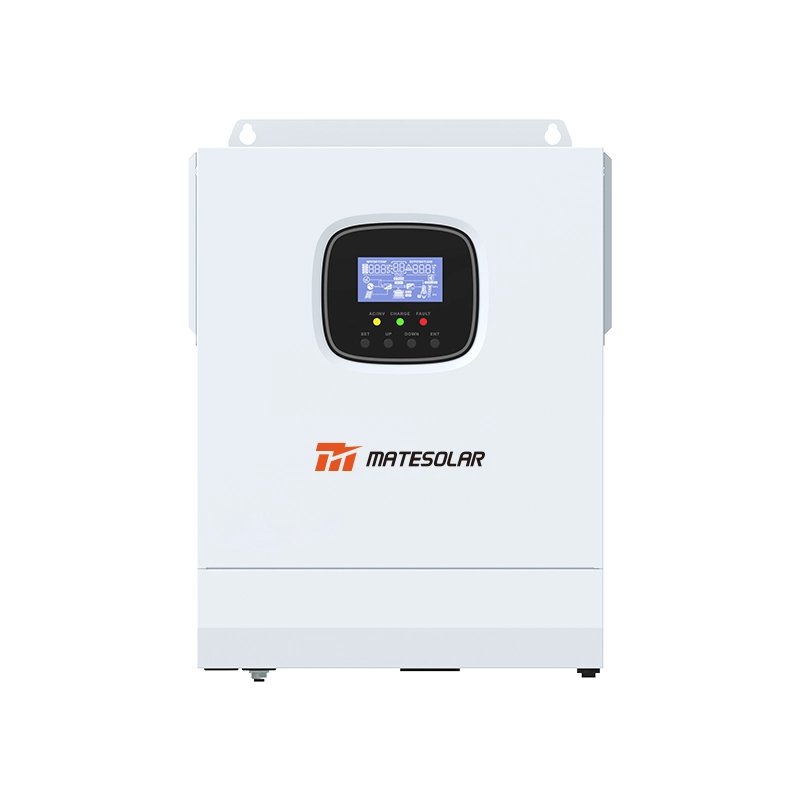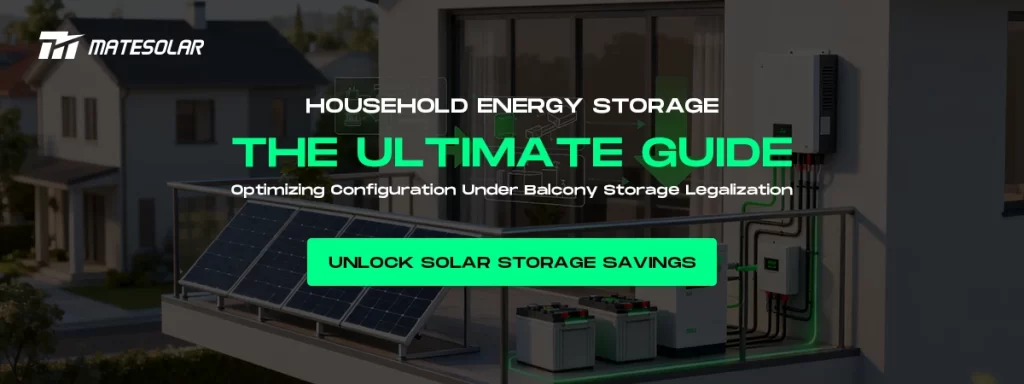
Introduction: The Rise of Balcony Storage Legalization
The global energy landscape is undergoing a transformative shift as households increasingly seek independence from traditional power grids. With policies adapting to support distributed energy resources, balcony energy storage systems are gaining legal recognition across various markets. This evolution represents a significant opportunity for homeowners to reduce electricity costs, enhance energy resilience, and contribute to environmental sustainability. However, navigating this complex field requires careful consideration of technical specifications, regulatory frameworks, and safety requirements to avoid common pitfalls and maximize investment returns.
The integration of photovoltaic and storage systems has become increasingly sophisticated, with current trends focusing on intelligent management, safety enhancements, and regulatory adaptation. As policies evolve from mandatory storage requirements to market-driven mechanisms, consumers face both opportunities and challenges in selecting appropriate systems. This guide provides comprehensive insights into household energy storage selection, offering authoritative information to help homeowners make informed decisions in this dynamic landscape.
Understanding the Policy Landscape: From Mandatory Allocation to Market Mechanisms
The regulatory environment for energy storage is shifting dramatically worldwide. Recent policies have transitioned from compulsory storage allocations toward market-based mechanisms that reward performance and grid services. In early 2025, China's "136 Document" officially declared that energy storage configuration could no longer be a prerequisite for new energy project approval, ending the mandatory allocation policy that began in 2017. This transformation reflects a broader global trend where governments are increasingly focusing on creating market mechanisms rather than administrative mandates.
Simultaneously, the "394 Document" issued in April 2025 requires basic realization of full coverage in electricity spot markets by the end of the year. This development creates both challenges and opportunities for household storage systems, as price signals can now be directly transmitted to end-users, making sophisticated energy management increasingly valuable.
For balcony storage systems specifically, regulatory frameworks are evolving toward standardization and safety assurance. Regions like Germany, Switzerland, and parts of the United States have implemented specific standards for plug-in solar devices, typically limiting capacity to 800W-1kW for plug-and-play systems without requiring complex grid connection procedures. The European Union's standardization efforts aim to create harmonized requirements across member states, facilitating consumer adoption while maintaining grid stability.
Table: Global Policy Trends Impacting Household Energy Storage
| Region | Policy Trend | Impact on Household Storage |
| European Union | Standardization of plug-and-play systems; streamlined approval processes | Simplified installation for systems under 800W; reduced administrative burden |
| North America | Tax incentives coupled with safety certification requirements | Financial benefits for certified systems; increased quality standards |
| China | Transition from mandatory allocation to market mechanisms | Increased focus on system economics and performance |
| Australia | Clean Energy Council certification with subsidy programs | Quality assurance through certification; financial support for approved systems |
Critical Configuration Formulas: Calculating Your Optimal System Size
Proper sizing of energy storage components represents the foundation of system efficiency and economic viability. Underestimating capacity leads to frequent grid dependence and reduced self-consumption, while oversizing results in unnecessary upfront costs and potentially reduced system efficiency.
Core Capacity Calculation Method
The fundamental formula for battery capacity calculation incorporates multiple factors to ensure reliability:
Battery Capacity (kWh) = Daily Electricity Consumption (kWh) × Days of Autonomy × Redundancy Coefficient
For most household applications, the refined calculation method provides greater accuracy:
Battery Capacity (kWh) = Daily Electricity Consumption Requiring Storage (kWh) / Depth of Discharge (DoD) / System Efficiency
For a typical household with daily consumption of 20kWh, aiming to cover 90% of evening consumption with 80% depth of discharge and 85% system efficiency:
Capacity = 18kWh / 0.8 / 0.85 ≈ 26.5kWh
This calculation demonstrates how fundamental parameters dramatically impact system sizing, with the same electricity needs requiring different capacity based on technical specifications.
Inverter Power Requirements
Inverter sizing must account for simultaneous operation of multiple appliances, including those with high startup currents like refrigerators, air conditioners, and pumps. The fundamental power calculation is:
Inverter Power (kW) = Peak Load (kW) × Surge Multiplier
Motors and compressors typically require 3-5 times their rated power during startup, necessitating significant surge capacity. A household with baseline load of 2kW operating a refrigerator (1kW with 4x startup surge) and air conditioning (3kW with 3x startup surge) would require:
Peak Load = 2kW (baseline) + 4kW (refrigerator surge) + 9kW (AC surge) = 15kW
Therefore, the inverter should support at least 15kW surge capacity, even if continuous operation requires only 6kW.
Table: Energy Storage Configuration Examples for Different Household Types
| Household Type | PV Capacity | Battery Capacity | Inverter Specification | Key Applications |
| Apartment (Balcony System) | 0.8-1.2kW | 2-5kWh | Microinverter with UPS functionality | Emergency lighting, electronics, limited appliance operation |
| Basic Family (3-4 persons) | 5kW | 10-15kWh | 5kW hybrid inverter with 10kW surge | Full home backup, time-of-use optimization, basic load shifting |
| Larger Residence | 10kW | 20-30kWh | 10kW dual inverter or parallel configuration | Comprehensive energy management, electric vehicle charging support |
| Luxury Villa | 15-20kW+ | 30-48kWh+ | Multiple inverters with power limiter | Full energy independence, vehicle-to-home capability, grid services |
Technology Selection: AC-Coupled vs. DC-Coupled Systems and Battery Chemistry
The architectural approach to energy storage systems significantly impacts efficiency, compatibility, and expansion potential. Understanding the fundamental differences between coupling methods enables homeowners to select solutions aligned with their specific requirements and constraints.
System Architecture: AC vs. DC Coupling
AC-coupled systems connect to existing solar inverters, making them ideal for retrofitting to established photovoltaic installations. These systems demonstrate particular strength in applications where storage represents an addition to pre-existing solar infrastructure. The primary advantage lies in simplified installation, though this convenience comes with an efficiency tradeoff, as each conversion between AC and DC incurs losses typically ranging from 5-10%.
DC-coupled systems facilitate direct solar-to-battery charging, typically achieving higher overall efficiency by minimizing conversion losses. These systems prove particularly advantageous for new installations where solar and storage components can be optimally matched from the initial design phase. Modern hybrid inverters increasingly support DC coupling while maintaining grid interaction capabilities, offering the best of both approaches for appropriate applications.
Battery Chemistry: LFP Dominates Household Applications
Lithium Iron Phosphate (LFP/LiFePO4) batteries have emerged as the dominant technology for household energy storage, delivering an optimal balance of safety, cycle life, and performance across diverse temperature ranges. Contemporary LFP batteries typically achieve 6,000+ cycles while maintaining 80% of original capacity, translating to approximately 16 years of service with daily cycling. The chemistry's inherent stability significantly reduces thermal runaway risk compared to alternative lithium formulations, providing critical safety benefits for residential installations.
Performance under extreme temperatures represents a crucial consideration often overlooked in system selection. Quality LFP batteries maintain functionality from -30°C to 50°C, though optimal performance occurs between 15°C and 35°C. In regions experiencing temperature extremes, proper thermal management becomes essential for maintaining capacity and cycle life. As one industry expert notes, "In cold climates like Canada, winter temperatures drop below -20°C. This creates issues for batteries. Charging speeds may be throttled and can shut down if temperatures fall below -10°C".
Safety First: Essential Protection Standards and Installation Requirements
Safety considerations extend beyond battery chemistry to encompass comprehensive system design, installation practices, and ongoing monitoring. Adherence to established safety standards represents the most effective strategy for mitigating risks associated with household energy storage systems.
Multi-Layer Protection Architecture
Modern energy storage systems incorporate six layers of battery protection, beginning with cell-level safety features and extending to system-level controls. These typically include:
- Overcurrent and short-circuit protection utilizing both electronic current limiting and physical fusing
- Voltage protection preventing over-charge and over-discharge conditions
- Temperature management with active monitoring and thermal control systems
- Advanced Arc Fault Circuit Interruption (AFCI) detecting and responding to potentially dangerous electrical arcing
Installation Environment and Requirements
Proper installation significantly impacts system safety and longevity. Critical considerations include:
Enclosure specifications should meet at least IP65 rating for outdoor installations, providing protection against dust and water jets. Additional mechanical protection may be necessary in regions prone to extreme weather events.
Ventilation and clearance requirements vary by system, but generally mandate minimum distances from combustibles and adequate airflow around equipment. The installation location should avoid living areas due to potential operational noise, even with modern systems typically operating below 30dB.
Fire protection measures should align with local building codes, which increasingly require dedicated suppression systems for larger installations. The emerging standard incorporates multiple protection layers, beginning with battery management system prevention and extending to external suppression capability.
Policy Utilization: Navigating Subsidies and Compliance Requirements
Strategic navigation of the evolving policy landscape can significantly enhance the economic viability of household energy storage systems. Understanding available incentives, compliance requirements, and regulatory trends enables homeowners to optimize their investment timing and system configuration.
International Subsidy Programs
European Union member states offer diverse incentive programs, with many transitioning from feed-in tariffs to self-consumption bonuses. Italy's "self-consumption certification" program provides a representative example, compensating distributed energy contributions to grid stability rather than simply rewarding energy production.
United States incentives vary by state, with the federal Investment Tax Credit (ITC) providing a 30% tax credit for qualified systems, complemented by various state-level rebates and performance-based incentives.
Australian initiatives include the Cheaper Home Batteries Program, which provides financial support for Clean Energy Council-approved systems like the GoodWe ESA series. These programs typically require specific certifications and professional installation.
Emerging Regulatory Trends
The global policy evolution demonstrates a clear shift from simple capacity-based incentives toward performance-based compensation structures. As noted in industry analysis, "Local subsidy policy has also shifted from 'installation capacity' to 'discharge volume' and 'technological breakthroughs'".
This transition aligns with broader electricity market reforms, including the expansion of real-time pricing and ancillary service markets. Household storage systems capable of participating in these emerging markets can generate additional revenue streams beyond basic bill management.
Table: Safety Standards Comparison for Household Energy Storage Systems
| Safety Aspect | Minimum Standard | Enhanced Protection | Verification Method |
| Battery Management | Basic voltage/current monitoring | AI-driven predictive protection; individual cell monitoring | Certification to UL 9540A/GB/T 36276 |
| Thermal Management | Passive cooling or basic ventilation | Active cooling with heating capability for cold climates | Environmental testing from -30°C to 50°C |
| Electrical Protection | Basic overcurrent/overvoltage | Arc fault detection; insulation monitoring; automatic disconnect | Independent certification lab testing |
| Fire Safety | Basic enclosure protection | Integrated fire suppression; thermal runaway containment | Large-scale fire testing documentation |
System Configuration Recommendations: From Basic to Comprehensive Solutions
Optimal system configuration varies significantly based on household energy needs, local climate conditions, electricity rate structures, and available space. The following recommendations provide a framework for typical scenarios, though individual circumstances may warrant customization.
Balcony Systems (800W-1.2kW)
Typical Configuration:
- Photovoltaic: 2-4 panels (400-800W each)
- Battery Storage: 2-5kWh LFP
- Inverter: Microinverter with UPS functionality
- Mounting: Balcony rail or wall mounting systems
These compact systems target specific applications rather than whole-home backup, typically supporting refrigeration, lighting, and electronic device charging during outages. Modern systems feature streamlined approval processes in many jurisdictions, with plug-and-play operation for simplified installation.
Standard Household Systems (5-8kW PV + 10-20kWh Storage)
Typical Configuration:
- Photovoltaic: 15-25 panels
- Battery Storage: 10-20kWh LFP
- Inverter: Hybrid inverter with grid interaction
- Management: Basic energy management system
This configuration targets significant bill reduction through strategic self-consumption optimization and time-of-use arbitrage. With proper sizing, these systems typically achieve 60-80% grid independence while maintaining critical load support during outages. The emerging standard incorporates modular architectures, allowing homeowners to "start with a small storage solution and add capacity later".
Comprehensive Energy Independence Systems (10kW+ PV + 20kWh+ Storage)
Typical Configuration:
- Photovoltaic: 30+ panels with multiple orientation capability
- Battery Storage: 20-48kWh LFP in modular configuration
- Inverter: Multiple inverters with power control system
- Management: Advanced energy management with forecasting
These systems target maximum self-sufficiency while maintaining grid connectivity for backup and potential revenue generation. Advanced configurations support electric vehicle charging integration and participation in emerging grid service programs. As noted in industry analysis, "The ability to mix old and new battery modules lets homeowners expand capacity over time without replacing existing units".
Future Trends: AI Management, Vehicle-to-Home, and Market Participation
The household energy storage landscape continues evolving, with several emerging trends poised to redefine system capabilities and value propositions in the coming years.
Artificial Intelligence and Predictive Optimization
Advanced algorithms increasingly optimize storage system operation based on weather forecasts, usage patterns, and electricity market conditions. Modern systems like Huawei's LUNA2000 incorporate "full-link AI scheduling algorithms" that automatically balance self-consumption, time-of-use arbitrage, and system health considerations.
Electric Vehicle Integration
Bi-directional charging capability enables electric vehicles to function as supplemental storage assets during peak demand periods. While current implementations remain limited, standardization efforts promise to accelerate adoption, potentially transforming electric vehicles into mobile storage resources.
Virtual Power Plant Participation
Aggregated household storage systems increasingly participate in organized electricity markets, providing grid services while generating owner revenue. As noted in policy analysis, "storage project can be used as load integrator or virtual power plant user, to participate in demand response in our province, further increasing revenue".
FAQ: Addressing Common Household Storage Questions
Q: What is the typical lifespan of modern household energy storage systems?
A: Quality LFP-based systems typically deliver 6,000+ cycles while maintaining 80% of original capacity, translating to 16+ years of service with daily cycling. Actual lifespan varies based on operating temperature, depth of discharge, and maintenance practices.
Q: Can I expand my storage capacity after initial installation?
A: Modular systems support incremental expansion through additional battery modules. However, compatibility considerations and inverter capacity may limit expansion potential, making forward-looking system design increasingly important.
Q: How much maintenance do household storage systems require?
A: Modern systems require minimal maintenance beyond ensuring adequate ventilation and periodic performance monitoring. Software updates typically occur automatically, while physical components generally operate for years without intervention.
Q: Are balcony storage systems legal in multi-family buildings?
A: Regulations vary by jurisdiction, though many regions have implemented specific standards for plug-and-play systems. Typically, these systems must comply with safety standards and may require building owner approval in multi-tenant properties.
Q: How do extreme temperatures affect system performance?
A: Temperature extremes impact all battery chemistries, with cold temperatures reducing available capacity and high temperatures accelerating degradation. Quality LFP systems maintain functionality from -30°C to 50°C, though optimal performance occurs between 15°C and 35°C.
Q: Can storage systems provide backup power during grid outages?
A: Modern hybrid inverters typically provide uninterruptible power supply functionality, with automatic transfer switching enabling seamless transition to backup power. However, backup capability depends on battery state of charge and simultaneous load requirements.
Conclusion: Navigating Your Energy Storage Journey
The household energy storage landscape offers unprecedented opportunity for energy independence and cost savings, but requires careful navigation to avoid common pitfalls. By understanding the fundamental technical principles, safety considerations, and policy frameworks, homeowners can make informed decisions aligned with their specific needs and circumstances.
The transition from "one-size-fits-all" solutions toward customized configurations enables increasingly optimal system sizing and functionality. As the industry continues maturing, standards convergence and technological innovation promise to further enhance system capabilities while reducing costs.
At MateSolar, we're committed to supporting your energy independence journey through comprehensive photovoltaic and storage solutions. As a one-stop photovoltaic energy storage solution provider, we specialize in tailoring systems to your unique requirements, ensuring optimal performance, safety, and return on investment.
Explore our integrated energy solutions for residential applications, including the innovative 20KW Hybrid Solar System
for comprehensive household energy management, or discover our complete range of solar photovoltaic storage power systems designed for diverse applications and requirements.
Take the first step toward energy independence—contact MateSolar today for a personalized residential energy storage assessment!





